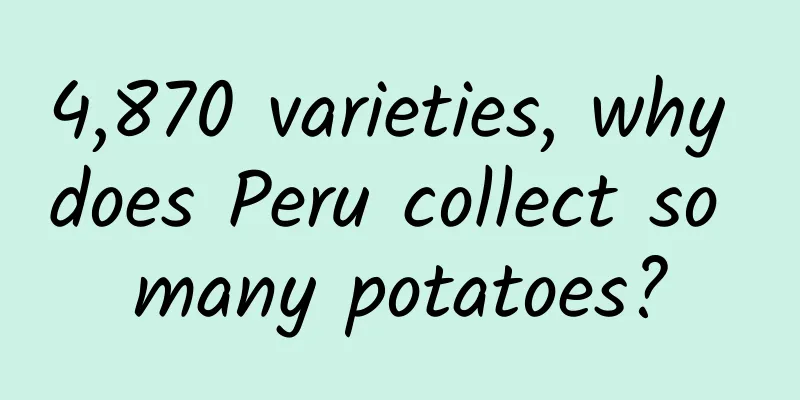Why are primates called “primates”?

|
Produced by: Science Popularization China Author: Life Pulse Team Producer: China Science Expo How proud we are to be human beings! We grow crops and raise livestock, so we don't have to wander in the fields and jungles in search of food like other animals; we build houses, so we can shelter from rain, snow, wind and frost; we have language and wisdom, which enables us to establish complex societies and invent increasingly sophisticated technologies to serve human needs and open up the future of mankind. However, no matter how far human civilization advances, we can never avoid the fact that, like all living things, humans are born, grow old, get sick and die; like all animals, humans need food; like all terrestrial vertebrates, humans breathe and drink water; like all mammals, human babies need their mothers' milk to grow up... Humans are a form of life, humans are a species in the animal kingdom, and humans have a specific position in the earth's ecosystem. In a word, humans are part of nature. (Photo source: veer photo gallery) The position of modern humans in the biological classification system is: Animal kingdom, Phylum Chordata, Subphylum Vertebrata, Class Mammalia, Order Primates, Suborder Anthropoidea, Infraorder Catarrhini, Superfamily Hominoidea, Family Hominidae, Genus Homo, Species Homo sapiens. It can be said that the biological characteristics that we humans rely on to develop to where we are today first appeared in primates. So, what is the difference between primates and other mammals? In other words, why are primates "primates"? Observation and research on living primates provide us with some answers to this question. Primates' flexible hand movements First, most primates live in trees, unlike most mammals. Living in trees is unusual for primates. They have no ground to hold on to, so they have to use their limbs to grasp tree trunks. To adapt to this, their limbs end in claws, as in early mammals, and gradually become hands with individual fingers that can move independently; eventually, the thumb can also grasp with the rest of the fingers. (Photo source: veer photo gallery) It is conceivable that such evolution must have improved the grasping ability required by primates to move between branches; more importantly, the thumb and index finger tips can form a ring, which greatly improves the accuracy of grasping objects with the palm. The emergence of this evolutionary feature is not only very beneficial for early primates to search for food such as insects, but also lays the foundation for later primates to use their hands to manipulate various objects skillfully and eventually to make and use tools. In conjunction with the dexterity of their hands, primates have developed stereoscopic vision. With both eyes looking forward at almost the same target, the brain can receive a pair of visual images. After being processed by the brain, the images produce a sense of depth, image, and distance. This is very important for primates to leap through the forest. Dexterous hands plus stereoscopic vision enable primates to observe objects in three-dimensional space and move and fiddle with objects at will. These are prerequisites for primates to fully grasp the characteristics of their surroundings and are also the driving force behind their curiosity. Primates use their hands and eyes to manipulate objects Primates also developed the ability to see colors, which is probably related to their origin from early nocturnal mammals with large eyes. The large eyes of early nocturnal mammals were designed to enhance sensitivity to light at night, but as primates originated, they became more active during the day, and the retinas in their large eyes changed to be able to receive different colors. Being able to distinguish colors helps primates distinguish certain foods, especially fruits from dense branches in tropical rain forests. Thus, primates have a unique set of sensory organs that can input various information sensed by touch, taste, hearing, and especially color and stereoscopic vision into the brain. The brain receives more and more information from the outside world, and can then classify and compare various information, which eventually leads to the development of intelligence. Primates have wisdom that no other animals possess, which is why we call these animals "primates." |
<<: How much suffering have those whose last digit on their ID card is X endured?
>>: Diagnosed with "rhabdomyolysis" due to the wrong use of this "massage magic tool"? !
Recommend
This kind of shrimp, which is meatier than shrimp skin, is being caught more and more? Antarctic krill: I'm laying my cards on the table
When it comes to shrimp, the first thing that com...
How ferocious are wolves? Can an adult man holding an iron stick fight a wolf?
Although wolves are basically harmless to humans ...
Renren Video's "full blood resurrection" server may be located in Singapore and South Korea
Renren Video temporarily shuts down to clean up c...
How to plan a lottery event to improve user experience?
Treat the activity as a product. Every change and...
Dong Mingzhu: Yinlong will not reduce investment and is full of confidence in Yinlong
On July 31, Dong Mingzhu, chairman and president ...
How much does it cost to produce the Hechi B&B mini program? How much does it cost to produce the Hechi B&B mini program?
How much does it cost to produce the Hechi B&...
Loss of “WeChat” trademark: Why didn’t Tencent take it seriously?
[[129454]] "32/81, 39.5%". This is the ...
How to use the media to create internet celebrity products?
Every company wants to build its own internet cel...
Scaly "strange tree"
Strange fossils In 1991, an Australian museum rec...
I really want to ask: My partner has a very loud voice, will it damage my hearing?
Have you ever encountered a situation where someo...
WeChat Mini Program Retention Rate, How to Improve the Mini Program Retention Rate?
Retention is when a user performs a desired actio...
Shi Sanxi's training video lecture on "Controlling the Four Divine Beasts to Change Feng Shui"
Shi Sanxi's "Controlling the Four Divine...
How to make money by attracting fans on Tik Tok? How to make money by attracting fans on TikTok?
There are many video influencers on Douyin who at...
[Aoyama Yuki] Japanese JK uniform youth girl campus portrait photography tutorial
【Aoyama Yuki】Japanese JK Uniform Youth Girl Campu...
Training deep residual neural networks based on boosting principle
1. Background 1.1 Boosting Boosting[1] is a class...









